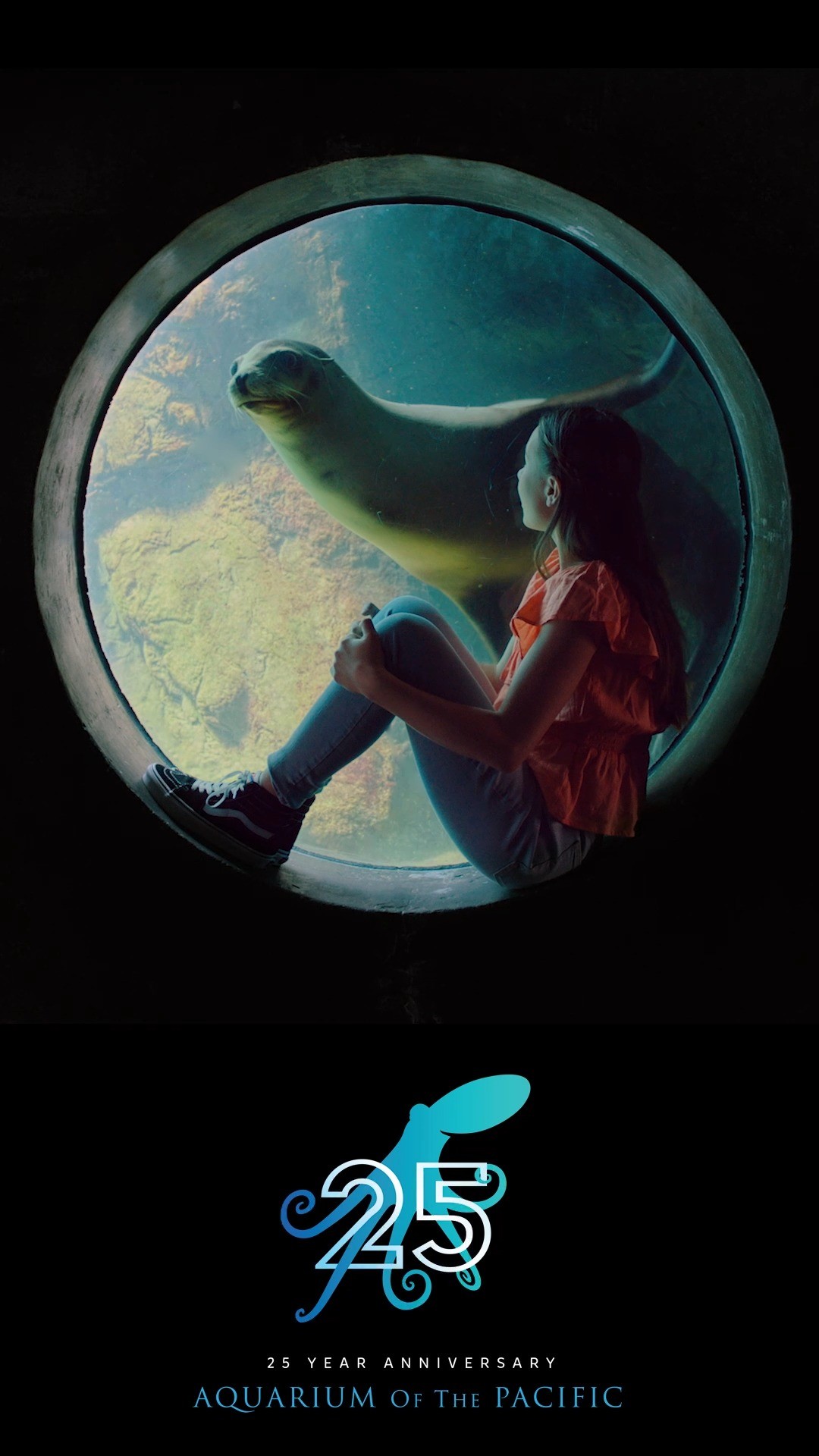Splashes of Wonder: A Deep Dive into the Aquarium of the Pacific
Grab your diving goggles and your sense of wonder. We’re diving deep into an underwater world in Long Beach, California. Our destination is the magnificent Aquarium of the Pacific. In this place, the exotic wonders of the aquatic world intertwine with compelling lessons about our biology and the pursuit of optimal health.
As we enter the doors of this grand aquarium, we’re greeted by the Tropical Reef Habitat. Here, we find the parrotfish, a marvel of the tropical seas. Aside from their vivid colors, their diet is the real attention grabber. They spend their day nibbling on coral reefs, ingesting the algae within. Like how our bodies benefit from dietary fiber, the algae helps the parrotfish’s digestive system function smoothly. Their unique feeding habit also serves a larger purpose: coral preservation, an echo of the intricate balance we strive to achieve in our diets.
Wandering towards the Northern Pacific Gallery, we meet the endearing sea otters. The constant foraging and high metabolic rate of these furballs serve as an interesting parallel to the high-energy demands of human athletes. Unlike humans, who eat three meals daily, sea otters consume up to 25% of their body weight daily in seafood! This calorie-dense diet keeps their metabolism running high, allowing them to survive in the chilly waters of the Pacific.
The next stop is the Shark Lagoon, home to sandbar and zebra sharks. Interestingly, these creatures don’t need to eat daily. They can go weeks without a meal, storing excess energy as fat, ready to fuel their bodies when needed. This mirrors the idea behind intermittent fasting in humans, a dietary approach where energy storage and use are carefully regulated for optimum health.
Our final dive lands us in the June Keyes Penguin Habitat. Penguins are a delight to observe, but have you ever wondered what these tuxedo-clad birds eat? Mainly fish and squid – high in protein and good fats, a bit like our keto diet. These nutrients are essential for these flightless birds to maintain strength, stay insulated in icy waters, and ensure their feathers stay sleek and waterproof.
The Aquarium of the Pacific does more than showcase a diverse array of marine life; it paints a portrait of the remarkable balance of nature. As we traverse from one exhibit to the next, we see striking parallels between these underwater creatures’ dietary habits and metabolic adaptations and our pursuit of nutritional balance and health.
As we ascend from this underwater journey, let’s carry the marvels we’ve witnessed and the subtle reminders they bring. The aquarium is not just a place of aquatic diversity but a window into the complex interplay of diet, metabolism, and environment – lessons we can apply to better health and well-being.
So, as we bid goodbye to our aquatic friends, let’s remember that every dive into the natural world is an opportunity to learn more about ourselves. The Aquarium of the Pacific is not just a day out; it’s a plunge into an ocean of lessons in balance, survival, adaptation, and, ultimately, health.


